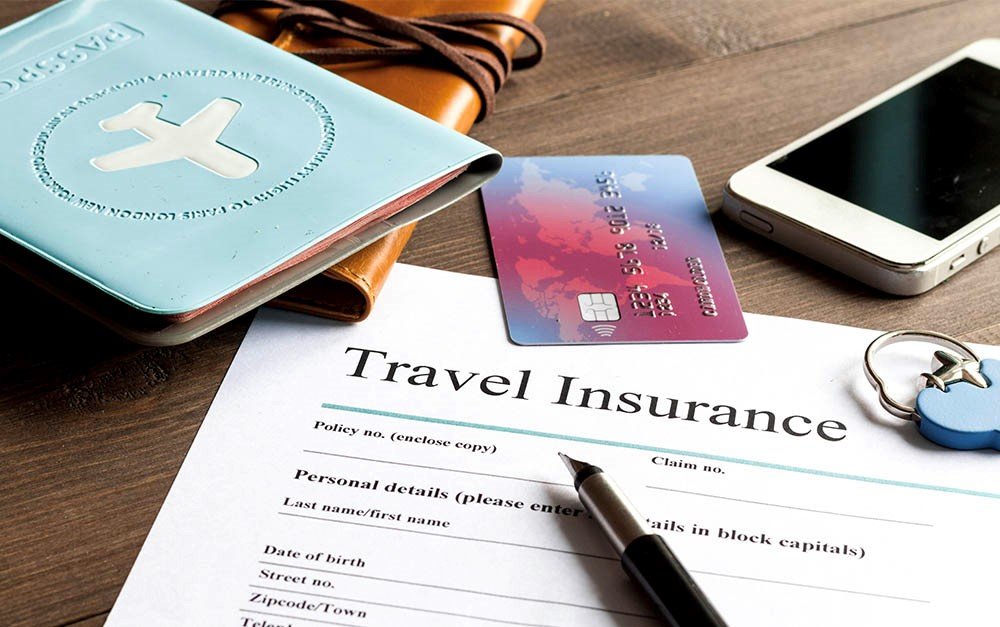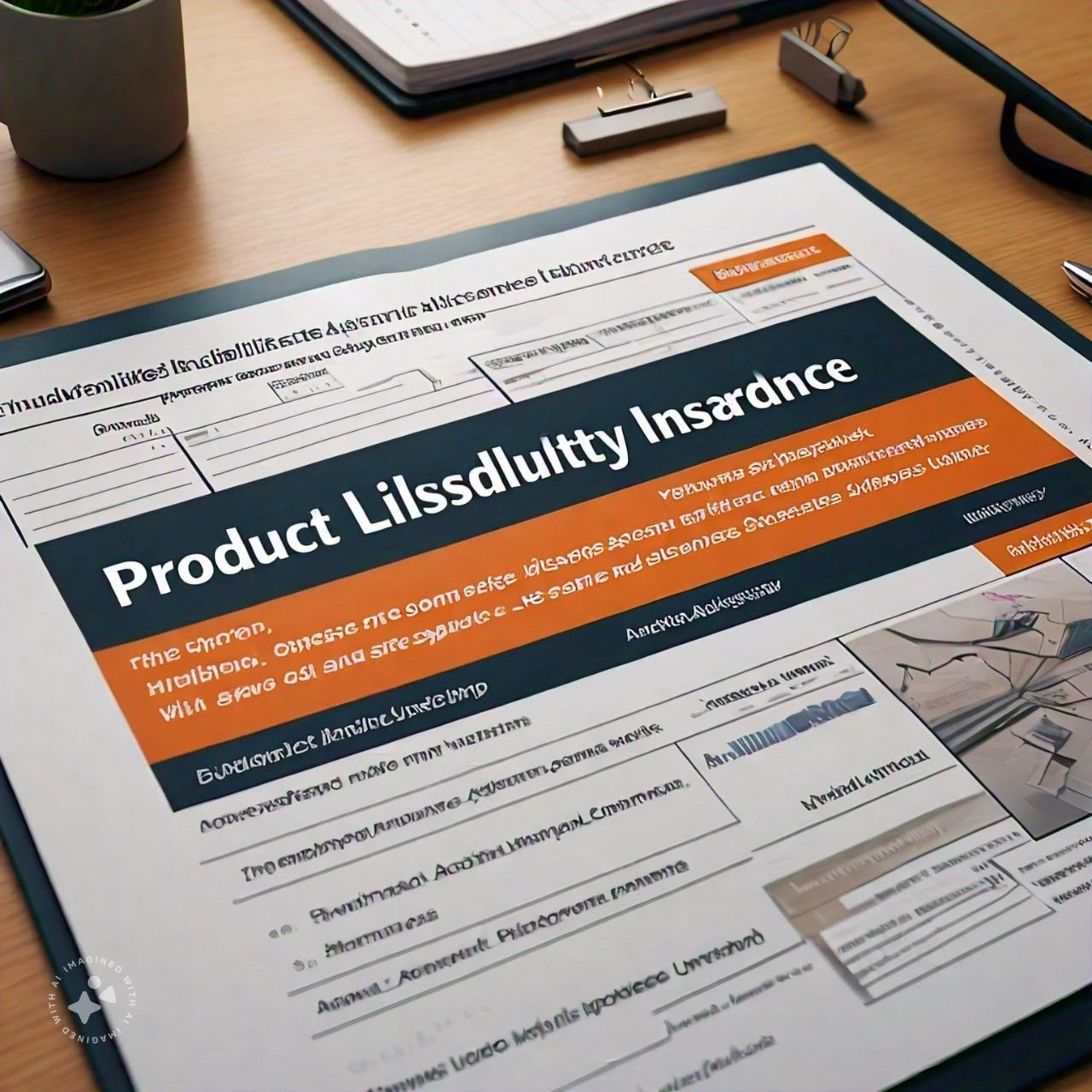Travel Insurance: Protecting Your Trip from Uncertainties
Travel insurance is a type of insurance that covers financial losses associated with unexpected events that may occur during a trip. It provides protection against various risks, including trip cancellations, interruptions, delays, medical emergencies, and loss or damage to personal belongings.
What is Travel Insurance?
Travel insurance is a type of insurance that covers financial losses associated with traveling, and it can be useful protection for domestic or international travel.The greatest travel insurance providers can assist with covering a variety of travel-related expenses, regardless of whether you fractured your ankle in Ankara, missed your trip to Florida, or misplaced your baggage in Berlin.
Key Takeaways
- You may get travel insurance online, through your trip operator, or from other providers.
- Travel insurance mostly falls into the following categories: medical, accidental death, baggage and personal goods, rental property and automobile, trip cancellation or interruption, and medical.
- Emergency services that are provided around the clock, such as cash wire assistance, passport replacement, and flight rebooking, are frequently covered.
- It’s critical to comprehend what is and isn’t covered, as well as any restrictions on coverage criteria and quantities.
Understanding Travel Insurance
Travel insurance assists in covering the costs of unforeseen events that might spoil a vacation, such as illness, injury, accidents, delays in flights or other forms of transportation, and other problems. This insurance comes with a 4% to 10% price tag on a trip. Therefore, travel insurance might cost anything from $400 to $1,000 for a $10,000 vacation.
The kind of coverage, your age, the location, the expense of the trip, and other factors all affect your premium, or the amount you pay for insurance. Specialized policy riders cater to the requirements of foreign nationals, athletes, and business visitors.
How to Get Travel Insurance
Travel insurance varies in cost, exclusions, and coverage. There is coverage for annual, multiple, and single travels. You must complete an application for travel insurance with information about your trip, including the following:
- Travelers going
- Cost
- Destination
- Travel dates
- Date of first payment toward your trip
In order to determine the rate and issue a policy, the insurance company examines the data in accordance with underwriting criteria. The business will provide a policy covering your travel if it approves your application. You have the option to apply with a different insurer if the firm rejects your application.
You usually have ten to fifteen days after receiving your insurance to check the fine print in the contract. You can return the insurance for a refund if you’re not happy with it. Examine the papers to make sure the plan you bought covers the following and doesn’t have too many loopholes:
- Emergency medical care and transport back to the U.S.
- Sufficiently high to compensate for any losses or harm
- Regions you’re traveling to
- Your trip duration or number of trips
- All activities you plan to enjoy
- Preexisting conditions and people of your age
Check through for any exclusions as well. For instance, what kinds of property are covered, whether or not the airline is responsible for losing or damaging property, and how.
Do I Need Travel Insurance?
It’s possible that your credit cards, renters’ insurance, or homeowners’ insurance already provide coverage for travel. Contact your credit card provider to learn about any perks you may receive when you use the card to purchase airline or train tickets, hire a vehicle, or make hotel reservations. You may also call your insurance agent to learn more about your existing coverage for travel. Travel insurance and other travel perks are often included with travel rewards cards.
How Travel Insurance Works
While making your vacation arrangements—hotel, rental vehicle, or airfare—you may come across online travel agencies, travel providers (airlines, cruise lines), private insurance businesses, or insurance brokers. AIG Travel, Berkshire Hathaway Travel Protection, Nationwide, GeoBlue, Generali Global Assistance, and others are among the firms that offer travel insurance.
Usually, you’ll have coverage soon after making your first reservations for hotel, airfare, or other modes of transportation, activities, and rental vehicles. To continue receiving full coverage, certain policies could need you to do this. The following vocabulary pertains to travel insurance:
Primary and Secondary Coverage
You could have concurrent insurance coverage, or being protected by more than one policy, if you get travel insurance. When you have primary travel coverage, your travel insurance pays out first, saving you from having to file a claim with a different provider and maybe saving you money on premium increases.
If your travel insurance is secondary, you must first try to make a claim with another insurer, such your own auto insurance (damaged car) or an airline (lost baggage).
Coverage Requirements
Some travel insurance policies have specific requirements, such as:
- Activities related to hunting or fishing being canceled or delayed
- Missed flight connections
What Is Not Covered by Travel Insurance?
Review the travel insurance policy to discover exclusions. According to NAIC, common travel policy exclusions are:
- A traveler’s pre-existing health conditions
- Unrest on the political and civil fronts where the traveler is going
- Pregnancy and childbirth
- coverage for those taking part in risky or adventurous activities










